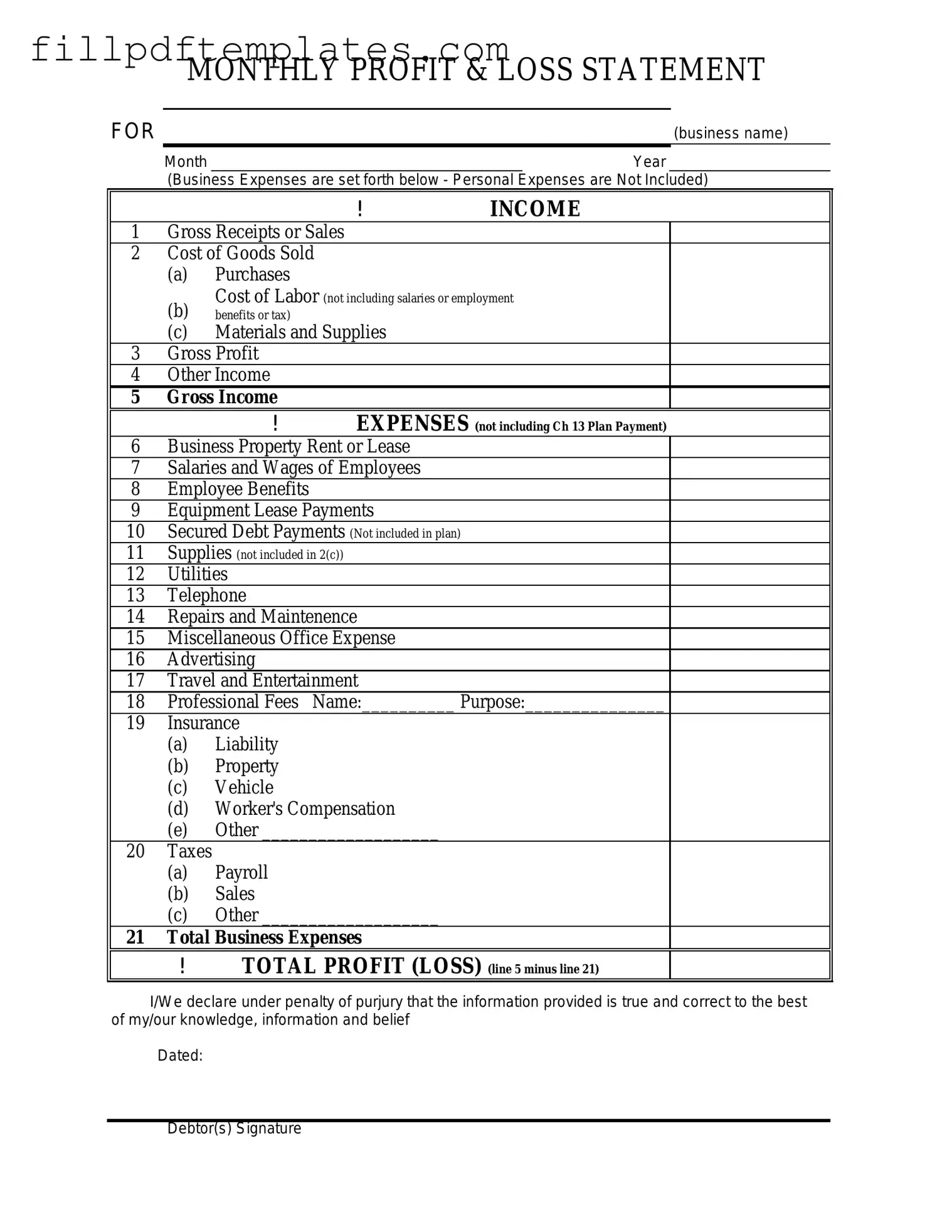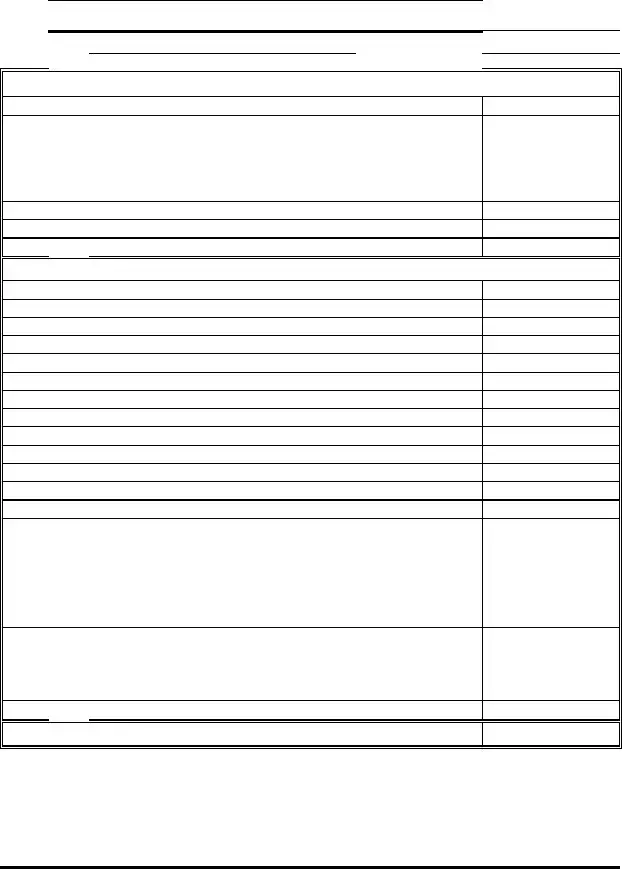Fill a Valid Profit And Loss Template
The Profit and Loss form is a financial statement that summarizes the revenues, costs, and expenses incurred during a specific period. This essential document helps businesses understand their financial performance and make informed decisions. Ready to get started? Fill out the form by clicking the button below.
Get Form

